What is the connection between the PCB and the connector?
Printed Circuit Boards (PCBs) form the backbone of modern electronic devices, providing support and interconnection for various electronic components. Connectors are critical for establishing electrical connections between different PCBs, devices, or systems. PCB connectors are mounted on the PCB and are typically used to transfer signals or power from one PCB to another or from another source within a unit to or from the PCB. Understanding the relationship between PCBs and connectors is essential for designing reliable and efficient electronic circuits.
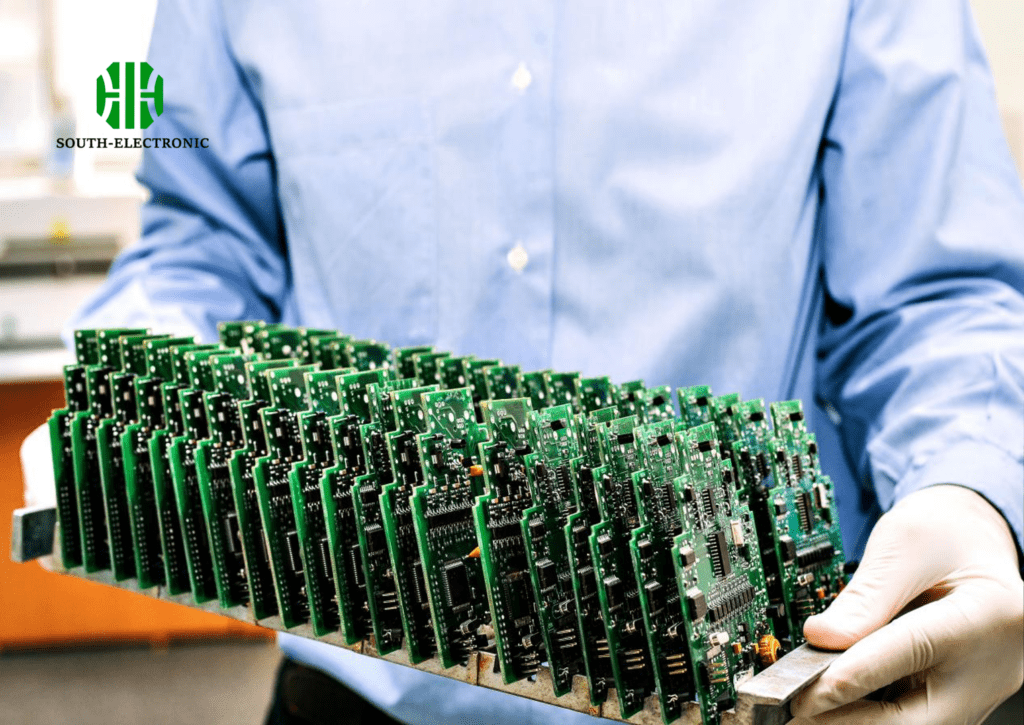
Overview of PCBs
A PCB is a laminated structure composed of conductive and insulating layers. Conductive pathways, or traces, are etched from copper sheets laminated onto a non-conductive substrate. Depending on the complexity of the circuit, PCBs can besingle-sided, double-sided, or multilayered.
Key functions of PCBs include:
- Mechanical Support: Providing a rigid structure to mount and connect components.
- Electrical Connection: Establishing electrical connections through copper traces, pads, and vias.
- Signal Routing: Ensuring efficient and reliable transmission of signals between components.
- Heat Dissipation: Helping dissipate heat generated by components.
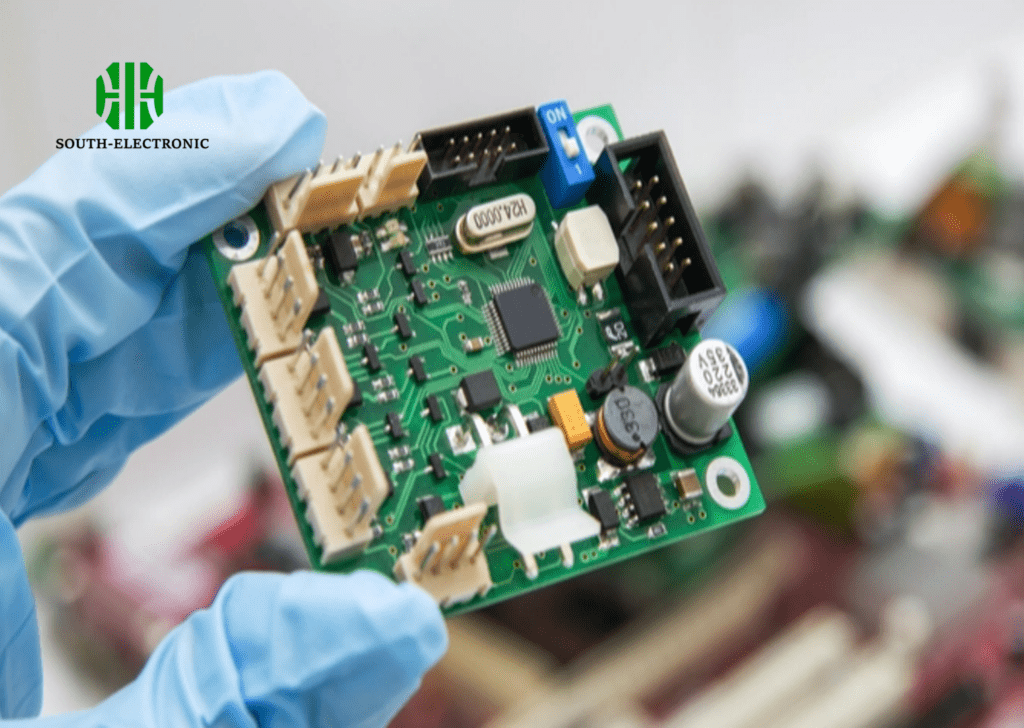
The Role of Connectors
PCB connectors are indispensable components in electronic circuits used to connect two or more electrical circuits. They are designed to establish and maintain reliable interconnections between different parts of an electronic system. This connection can be between two PCBs within the same device, between a PCB and external devices, or between a PCB and wires connected to other components. Connectors play a vital role in various electronic devices and systems. Their primary functions include providing electrical and mechanical connections, enabling communication and collaboration between electronic components, modules, or systems.
Key functions of PCB connectors include:
- Signal Transmission: Ensuring the transfer of electrical signals between different parts of an electronic system.
- Power Distribution: Delivering electrical power from the power supply to various components on the PCB.
- Modularization of Electronic Devices: Allowing easy addition, removal, or replacement of components, facilitating upgrades and repairs.
Types of PCB Connectors
Common types of PCB connectors include:
- Pin Headers and Sockets: Widely used for prototyping and low-cost applications, these consist of male connectors with multiple pins and corresponding female connectors.
- Board-to-Board Connectors: These directly connect two PCBs and include stacking connectors for compact vertical connections and edge connectors for connecting to the edges of PCBs.
- Wire-to-Board Connectors: Suitable for connecting individual wires to a PCB, often used in automotive and industrial applications.
- Coaxial Connectors: Used for high-frequency signal transmission, maintaining signal integrity through shielded paths.
- USB Connectors: Common in consumer electronics for data transfer and power supply.
- RF Connectors: Designed for radio frequency applications, commonly used in communication devices.
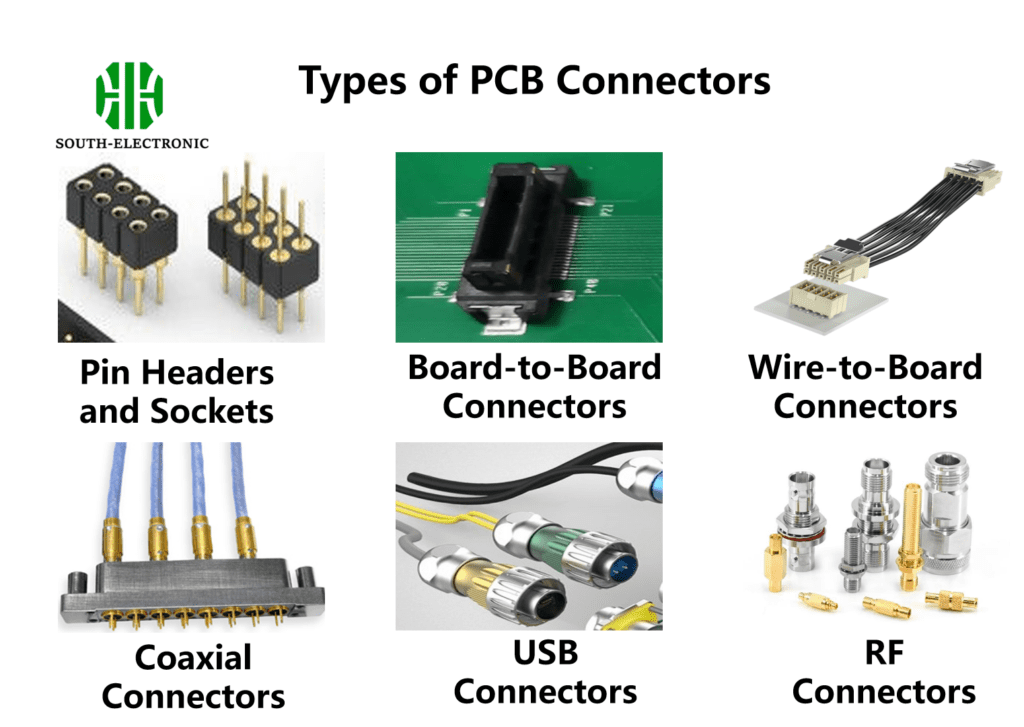
Electrical and Mechanical Considerations
Connecting a PCB to a connector involves various electrical and mechanical considerations:
Electrical Considerations:
- Impedance Matching: Ensuring the connector’s impedance matches the PCB traces’ impedance to prevent signal reflection and loss, especially critical in high-speed and high-frequency applications.
- Contact Resistance: Low contact resistance ensures efficient current flow and minimal power loss, while high contact resistance can lead to overheating and signal degradation.
- Current Rating: The connector must handle the maximum current expected in the circuit to prevent failure or damage.
Mechanical Considerations:
- Mechanical Stability: Providing a stable and secure connection that withstands vibration and mechanical stress, particularly important in automotive and aerospace applications.
- Thermal Management: Ensuring effective heat dissipation to prevent component failure and reduce reliability.
- Environmental Resistance: Connectors used in harsh environments must withstand moisture, dust, chemicals, and extreme temperatures. Specialized connectors (e.g., IP-rated connectors) are designed for these conditions.
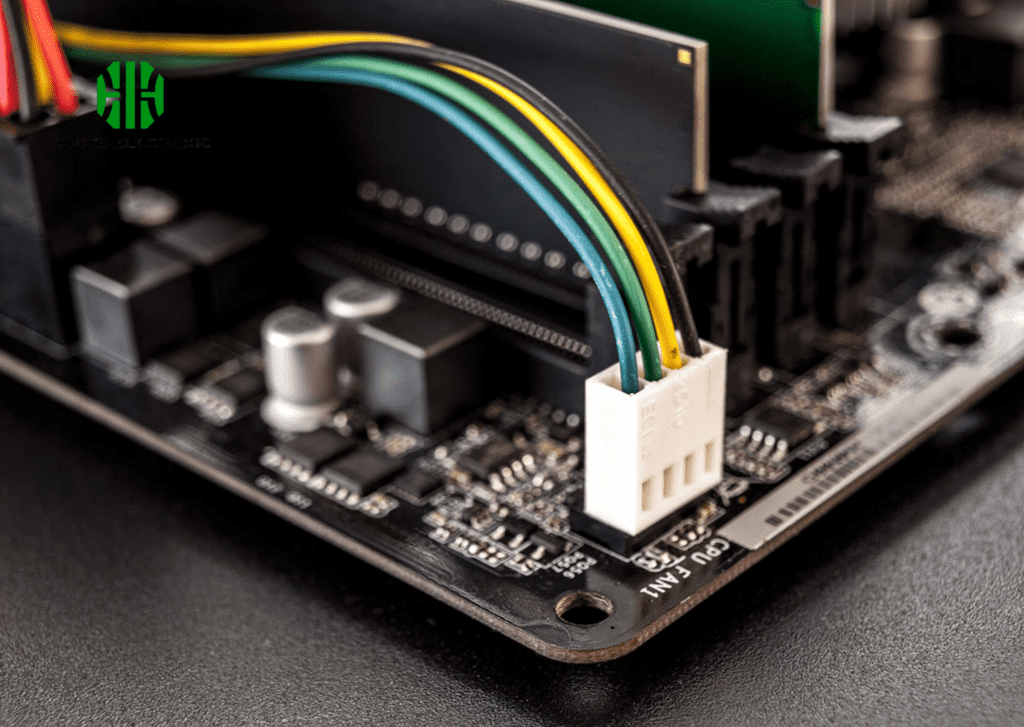
Soldering and Mounting Techniques
Attaching connectors to PCBs involves precise soldering and mounting techniques:
Mounting Techniques:
- Through-Hole Mounting: Connector pins are inserted into holes on the PCB and soldered on the opposite side, providing strong mechanical connections for components under mechanical stress.
- Surface Mount Technology (SMT): Connectors are mounted directly onto the PCB surface, allowing higher component density and common in modern electronics.
- Press-Fit Technology: Pins are pressed into plated-through holes without soldering, used in high-reliability applications for easy replacement and rework.
Soldering Techniques:
Wave Soldering and Reflow Soldering: Automated soldering processes ensuring consistent and reliable connections. Wave soldering is used for through-hole components, while reflow soldering is for surface-mounted components.
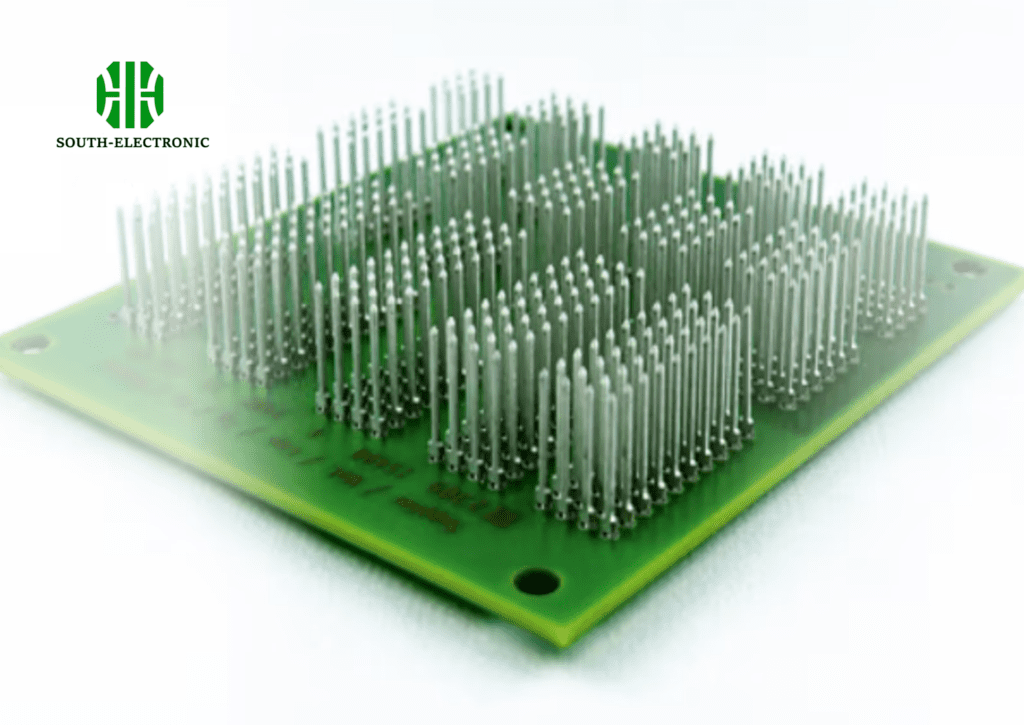
Testing and Validation
After assembly, rigorous testing ensures the reliability and performance of connectors and PCBs:
- Electrical Testing: Continuity, resistance, and signal integrity tests validate electrical performance.
- Mechanical Testing: Vibration, shock, and pull tests ensure mechanical stability.
- Environmental Testing: Exposure to temperature cycling, humidity, and corrosive environments tests durability.
- Functional Testing: Testing assembled devices under real-world conditions ensures proper operation.
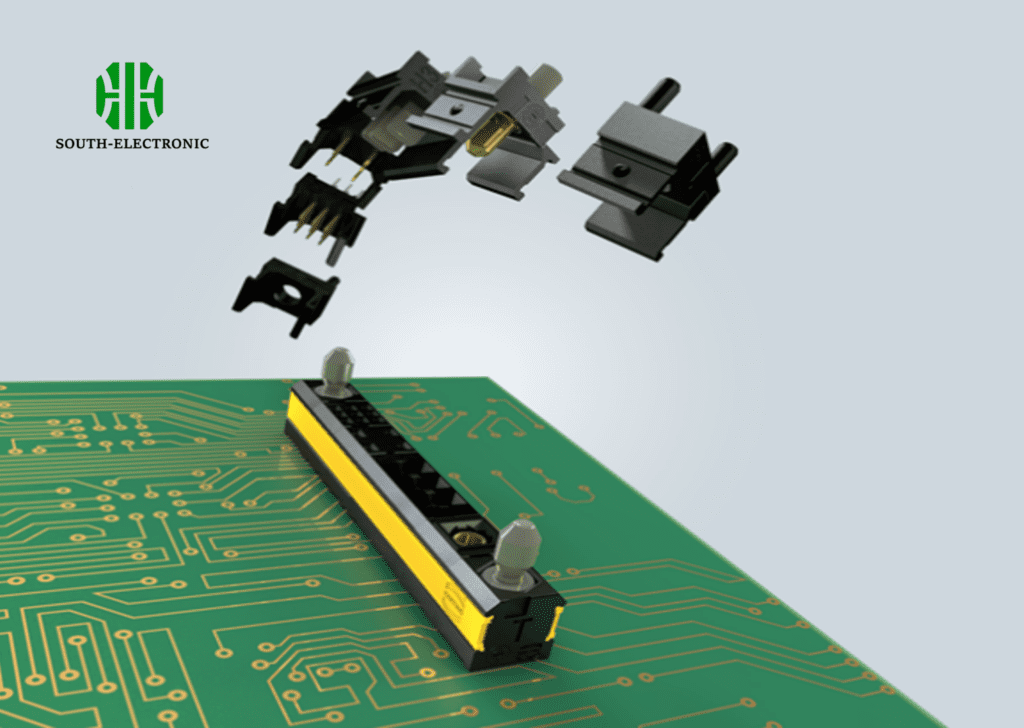
Applications of PCB Connectors
Examples of PCB connector applications include:
- Laptops: Connectors link the motherboard with the display, keyboard, touchpad, and external devices like USB drives and power adapters.
- Automobiles: Connectors enable communication between the engine control unit and various sensors and actuators.
- Satellites: Connectors connect onboard computers to communication equipment, power supplies, and scientific instruments.
These examples illustrate the versatility and importance of PCB connectors in modern electronic products.
Best Practices Summary
The connection between PCBs and connectors is a crucial aspect of electronic design, influencing the performance, reliability, and lifespan of electronic devices. Understanding connector types, electrical and mechanical considerations, soldering techniques, and testing methods is vital for creating robust and efficient connections.
If you have any questions or need further information about PCB technologies, feel free to leave a comment below. Don’t forget to share this article if you found it useful, and stay connected for more insights into the fascinating world of electronics!




